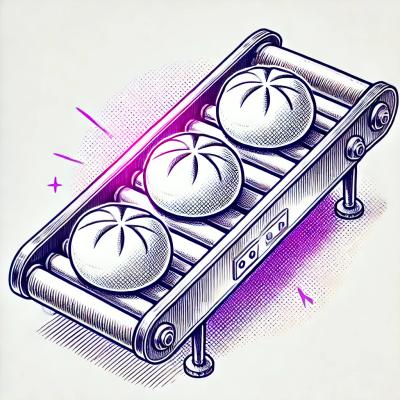
Security News
Node.js EOL Versions CVE Dubbed the "Worst CVE of the Year" by Security Experts
Critics call the Node.js EOL CVE a misuse of the system, sparking debate over CVE standards and the growing noise in vulnerability databases.
grunt-cssimage
Advanced tools
A plugin that grab images url in CSS files, minify those images, and replace image urls to the minified ones stored in your local disk. It supports both local and remote images grabbing and it can minify .png, .jpg, .jpeg, .gif image files.
A plugin that grab images url in CSS files, minify those images, and replace image urls to the minified ones stored in your local disk. It supports both local and remote images grabbing and it can minify .png, .jpg, .jpeg, .gif image files.
This plugin requires Grunt ~0.4.1
If you haven't used Grunt before, be sure to check out the Getting Started guide, as it explains how to create a Gruntfile as well as install and use Grunt plugins. Once you're familiar with that process, you may install this plugin with this command:
npm install grunt-cssimage --save-dev
Once the plugin has been installed, it may be enabled inside your Gruntfile with this line of JavaScript:
grunt.loadNpmTasks('grunt-cssimage');
In your project's Gruntfile, add a section named cssimage to the data object passed into grunt.initConfig().
grunt.initConfig({
cssimage: {
options: {
// Task-specific options go here.
},
your_target: {
// Target-specific file lists and/or options go here.
},
},
})
Type: Number
Default value: 7
A number value that represents optimization level 1-7. 7 is the maximum optimization level.
Type: String
Default value: './image'
A string value that refers to the path which would store the minified images in your local computer.
Type: Boolean
Default value: true
A boolean value that is used to tell grunt to whether empty you imagePath or not before executing the task.
Type: Boolean
Default value: false
A boolean value that is used to decide to whether save the original(un-minified) images in imagePath or not.
In this example, the default options are used. So it will first empty the ./image path. If the src/test.css file has some image urls inside, the task will grab the images locally or remotely, minify them, and then replace those urls with minified ones stored in your local computer. The output replaced file will be dest/test.css. At last, ./image/original directory will be emptied.
grunt.initConfig({
cssimage: {
options: {},
files: {
'dest/test.css': ['src/test.css'],
},
},
})
In this example, images grabbing, minification and replacement are the same to the default options example. But the image path will change to ./tmp. Also, grunt will not empty the image path before task execution and save both original and minified images in the end.
grunt.initConfig({
cssimage: {
options: {
imagePath: './tmp',
cleanBeforeTask: false,
saveOriginal: true
},
files: {
'dest/test.css': ['src/test.css'],
},
},
})
FAQs
A plugin that grab images url in CSS files, minify those images, and replace image urls to the minified ones stored in your local disk. It supports both local and remote images grabbing and it can minify .png, .jpg, .jpeg, .gif image files.
The npm package grunt-cssimage receives a total of 2 weekly downloads. As such, grunt-cssimage popularity was classified as not popular.
We found that grunt-cssimage demonstrated a not healthy version release cadence and project activity because the last version was released a year ago. It has 1 open source maintainer collaborating on the project.
Did you know?

Socket for GitHub automatically highlights issues in each pull request and monitors the health of all your open source dependencies. Discover the contents of your packages and block harmful activity before you install or update your dependencies.

Security News
Critics call the Node.js EOL CVE a misuse of the system, sparking debate over CVE standards and the growing noise in vulnerability databases.

Security News
cURL and Go security teams are publicly rejecting CVSS as flawed for assessing vulnerabilities and are calling for more accurate, context-aware approaches.

Security News
Bun 1.2 enhances its JavaScript runtime with 90% Node.js compatibility, built-in S3 and Postgres support, HTML Imports, and faster, cloud-first performance.